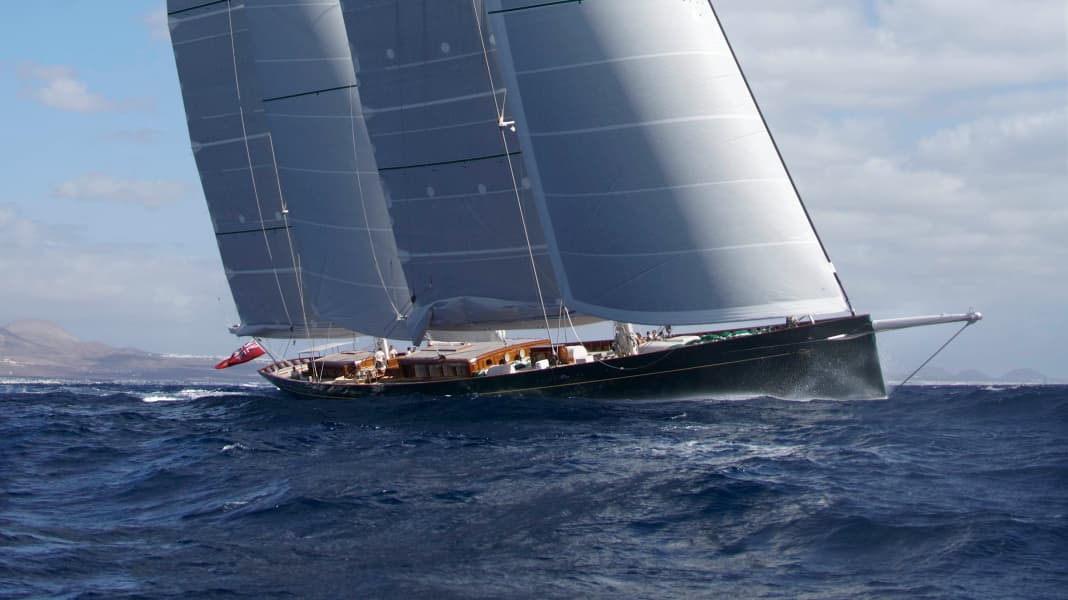
"Hetairos", the 66-metre Panamax ketch designed by Reichel/Pugh Yacht Design and Dykstra & Partner and built by Baltic, not only wins regattas, but also awards. For example, the special honour from the jury at the World Superyacht Awards in Istanbul for the "remarkable contribution to the technical progress of sailing superyachts". What a bland title for such an exciting ship.
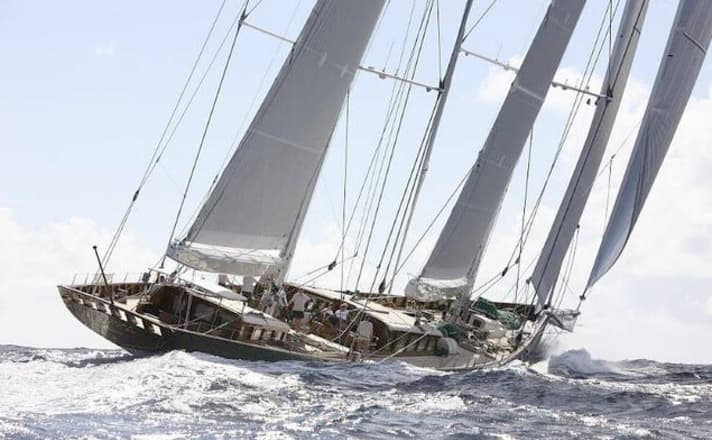
Her size of almost 220 feet and the retro look make "Hetairos" an eye-catcher on the outside. The traditional deck superstructure, the long bowsprit and the classic stern shape, which are all somewhat reminiscent of a windjammer, are unique in this combination. But the rest of the yacht represents the state of the art. The latest construction methods for building from carbon fibre (she is said to be the largest yacht built from this material to date) and a consistently implemented philosophy based on the greatest possible weight saving give the ship the performance potential of a racing yacht.
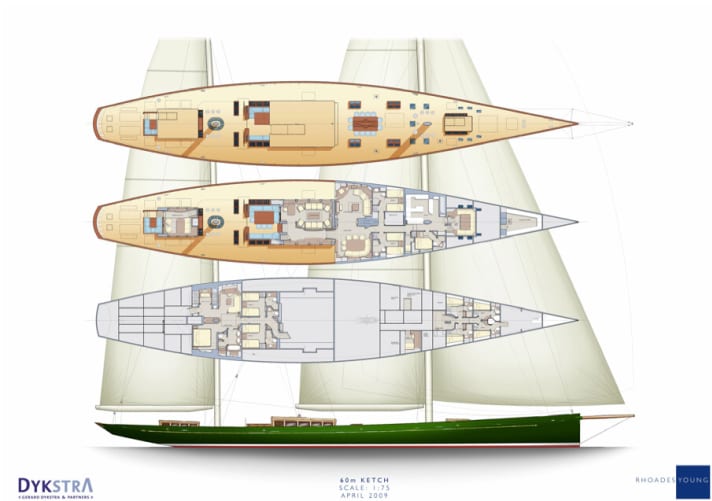
The development work at Reichel/Pugh began in 2003 and was in no way inferior to that of an America's Cup racer. They built a model on a scale of 1:7.5 to check the flow data in the tank tests, which were calculated by Frank DeBord using FloSim and Splash (Computational Fluid Dynamics). "We tested 17 different configurations until we arrived at the one that was actually built," explained designer Jim Pugh. And these measures paid off, as "Hetairos" impressively demonstrated with her victories in terms of time sailed at the Transatlantic Superyacht Regatta and the RORC Caribbean 600.
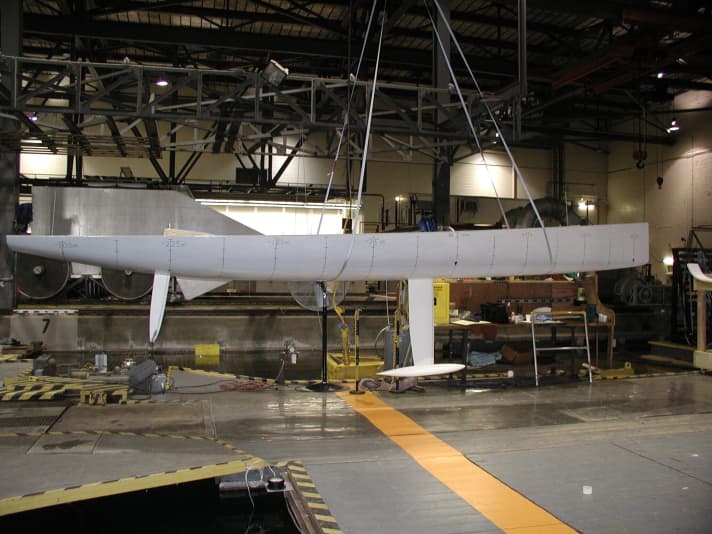
Length works and lightness even more so. But what "Hetairos" also showed was stability. A collision with a submerged rock - a real danger with a draught of 9 metres - during the St. Barth regatta was relatively minor because the crash box installed at the front of the keel bomb was able to absorb the forces released on impact. Project manager Jens Cornelsen stated that "the rest of the keel, as well as the keel suspension that extends through the entire hull, did not suffer any significant damage". A shipyard that can crane a ship of this size first had to be found for the repair...
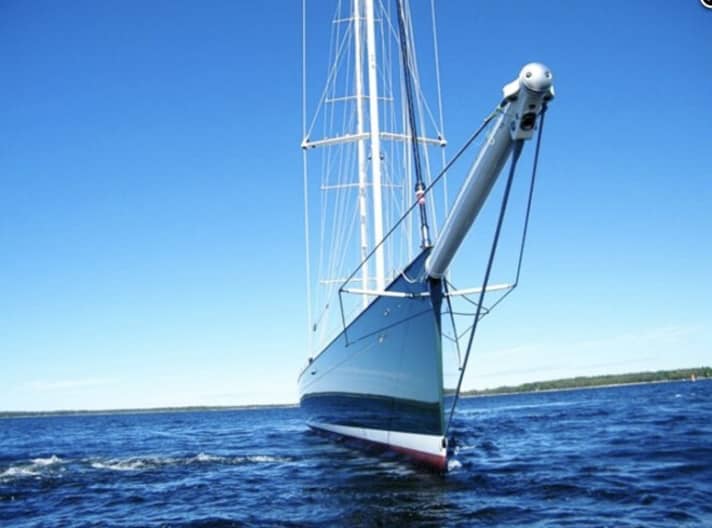
So big ships have their own problems. But "Hetairos" could have been even bigger. But the owner wanted a yacht with which he could pass through the Panama Canal, which is why the rig was limited by the maximum clearance height of the canal bridge. The main mast is therefore "only" 62.5 metres high. Hence the term "Panamax ketch", which is sometimes used for "Hetairos".
